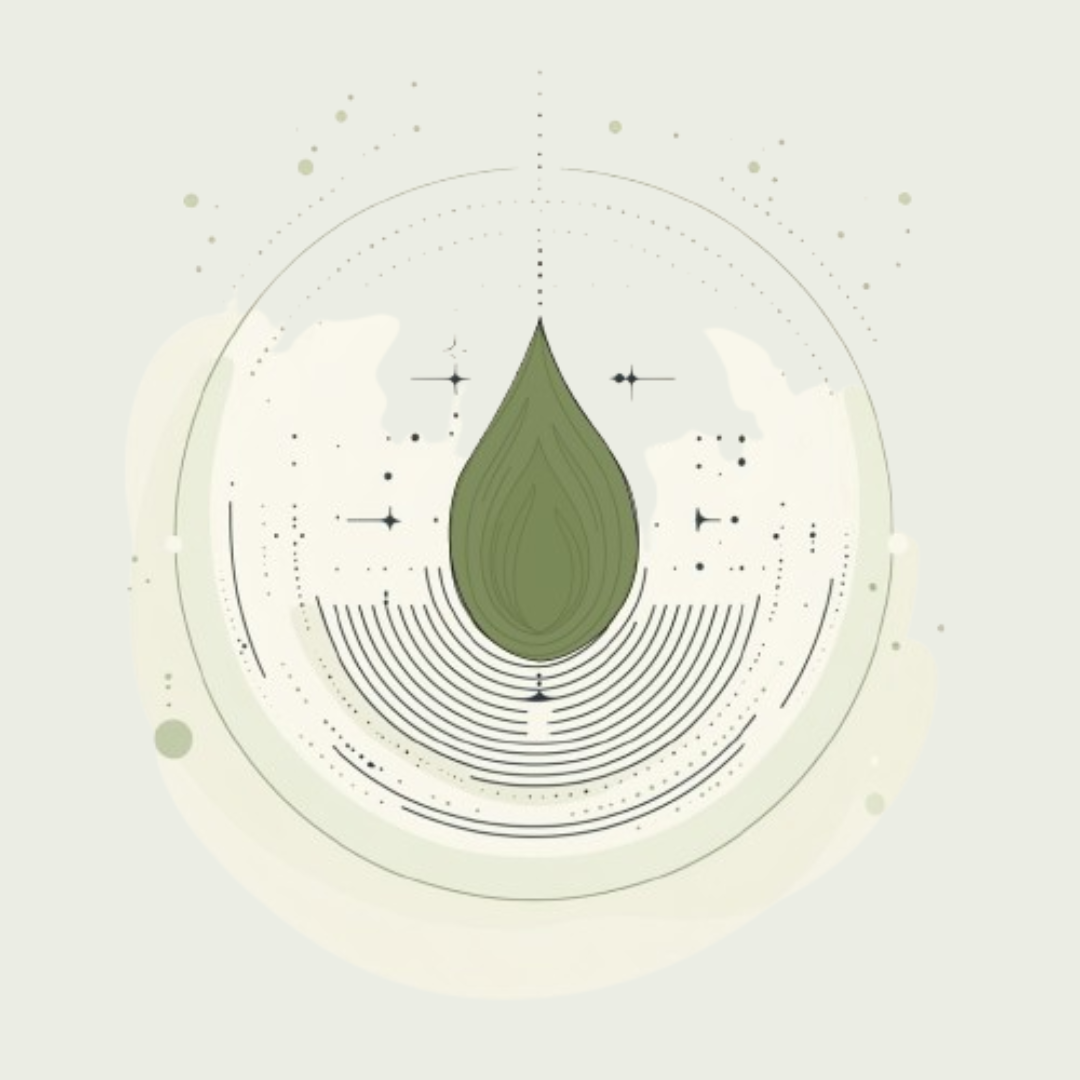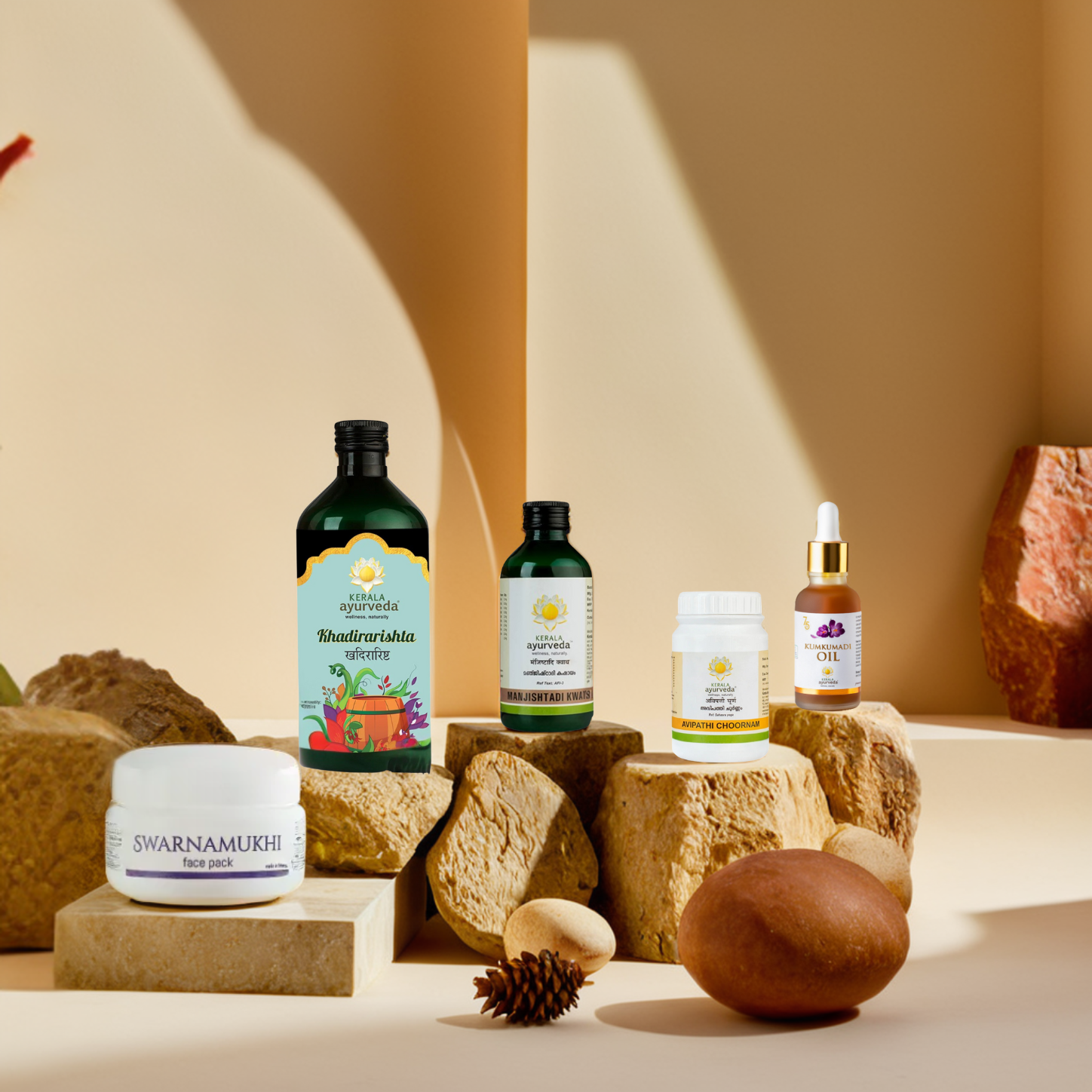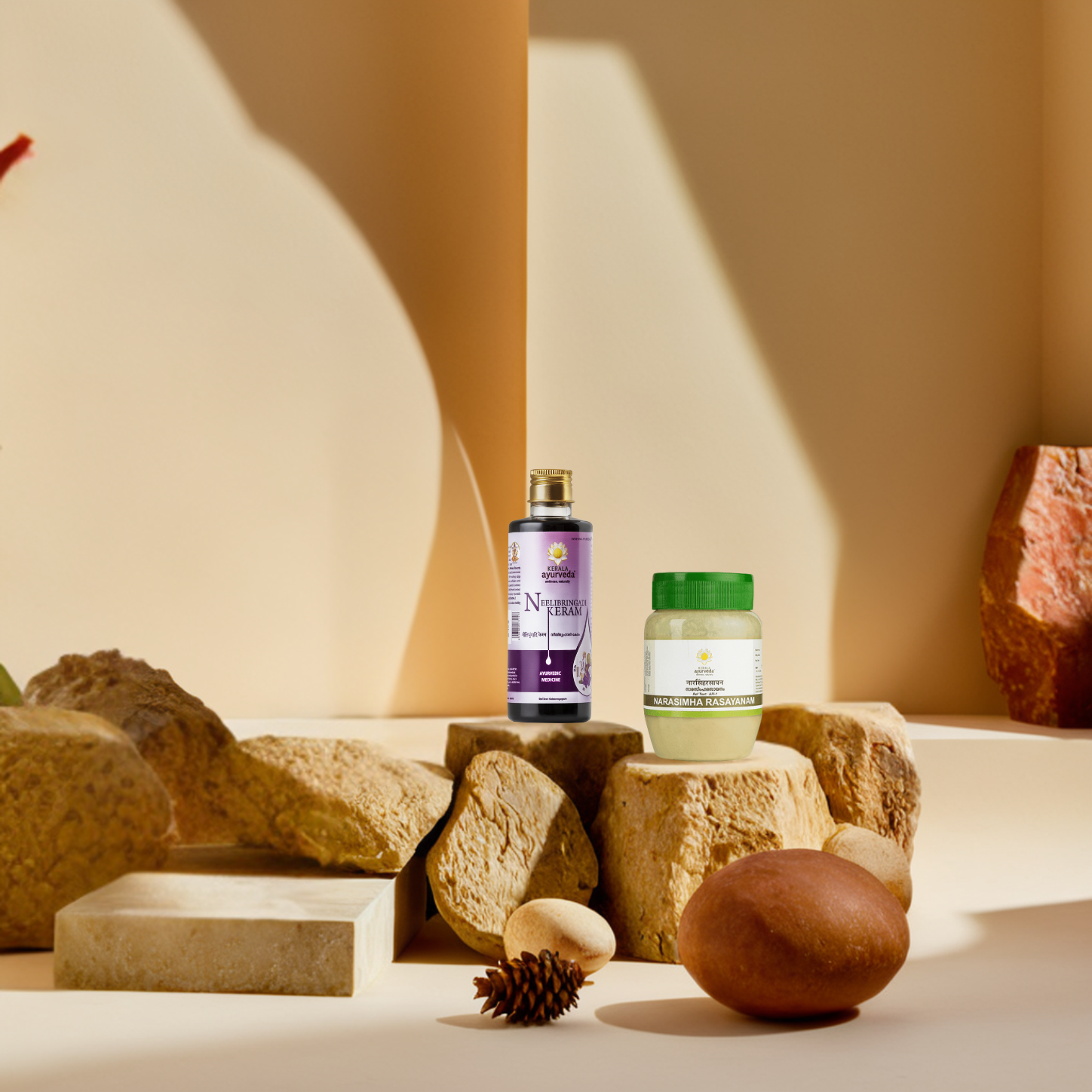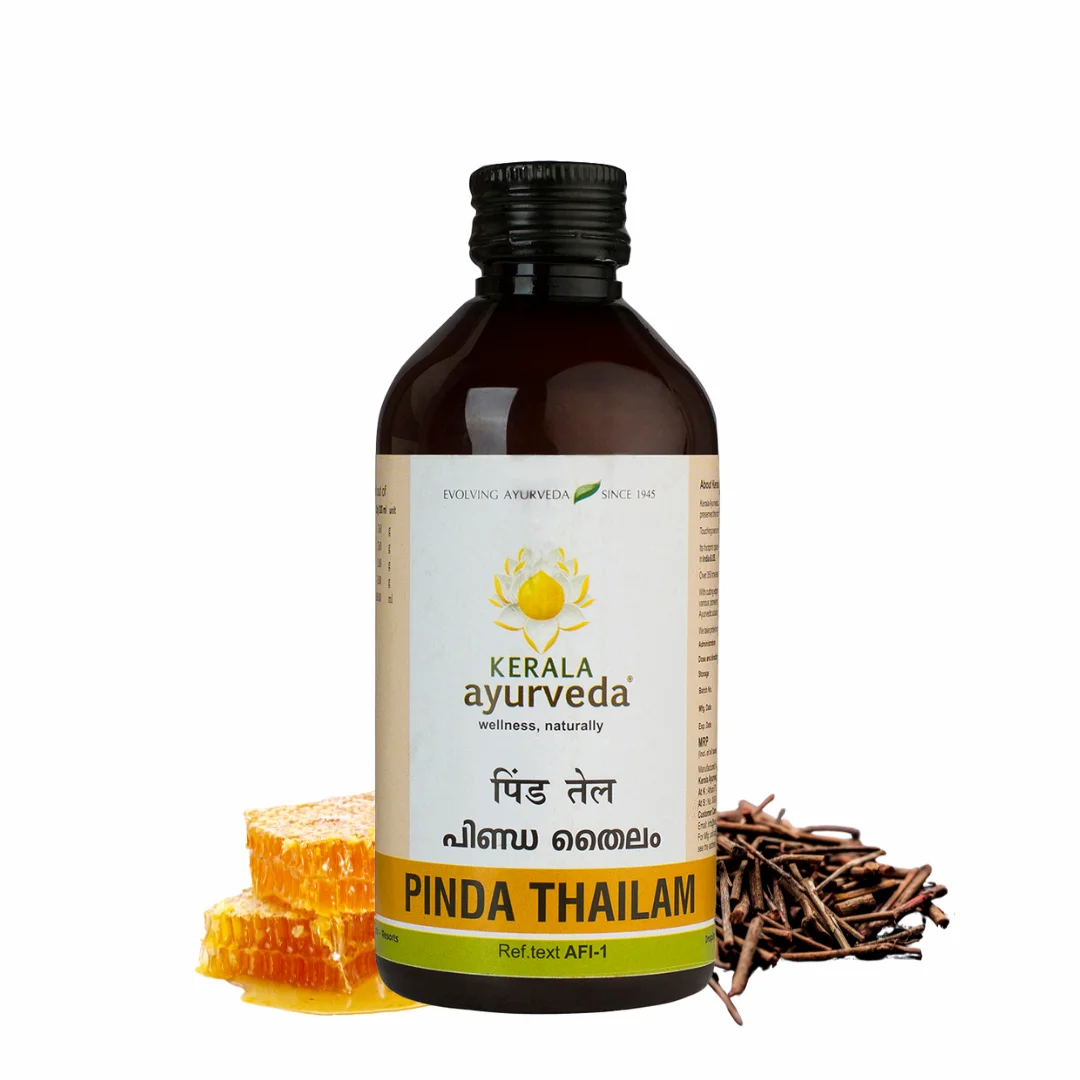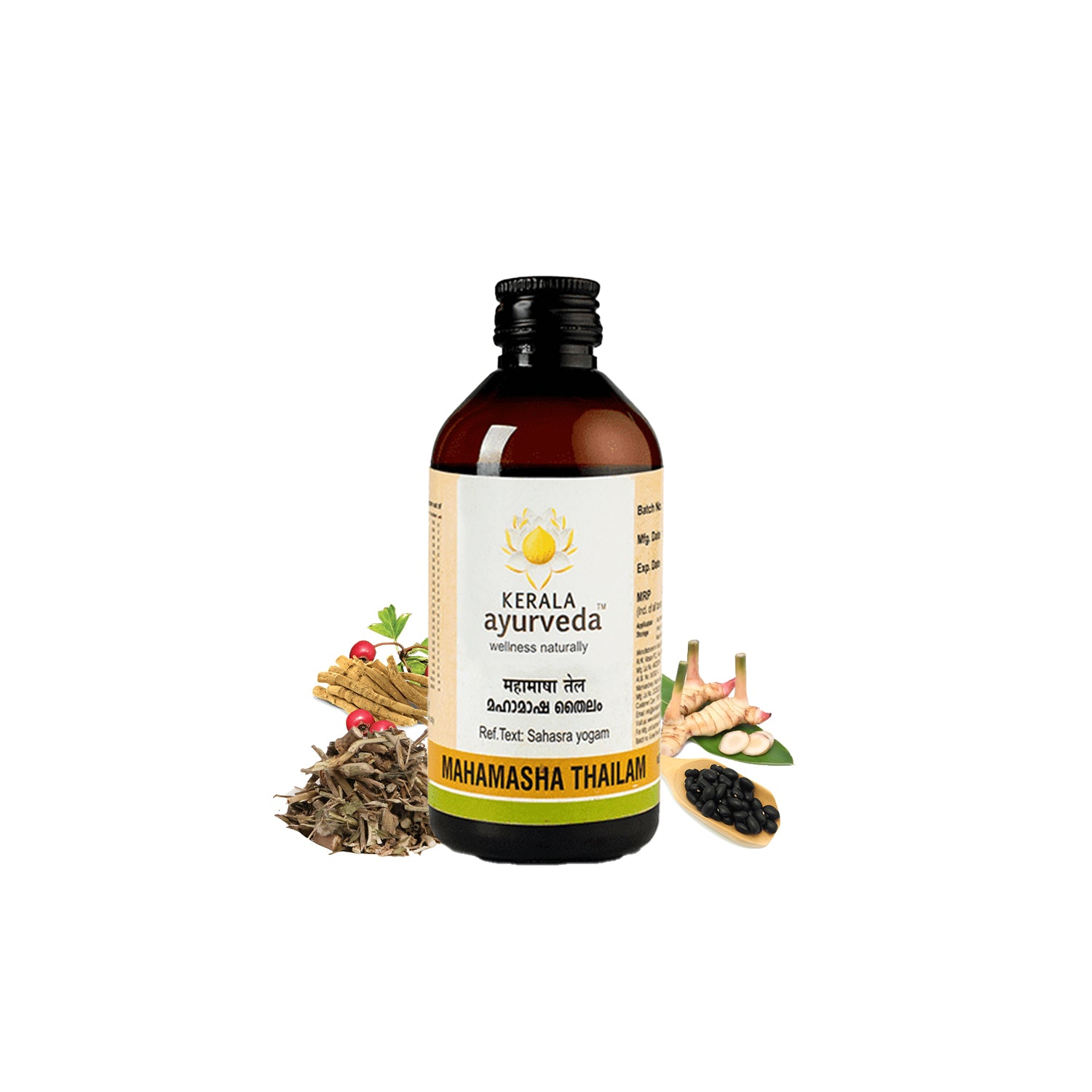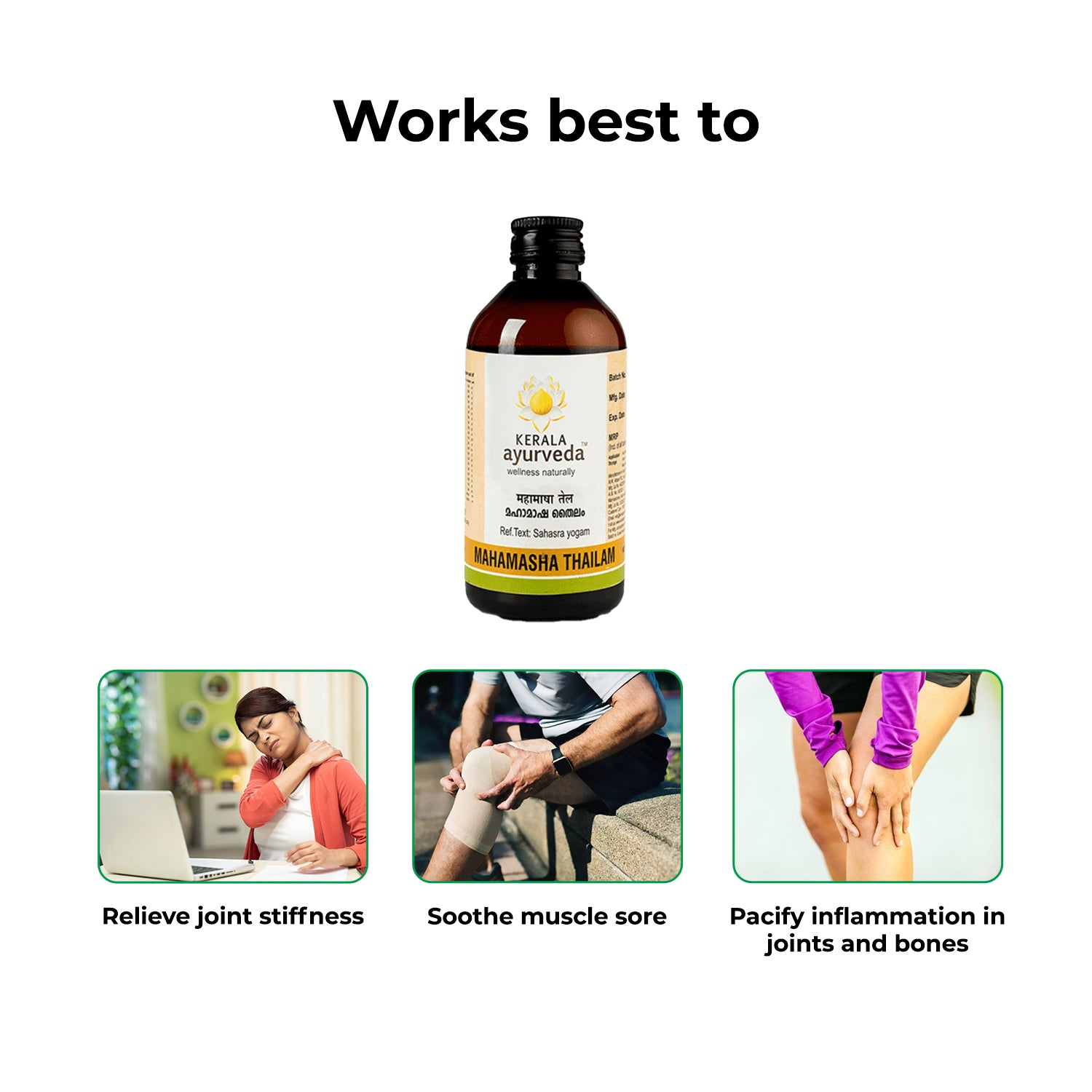After a long, hectic day, it’s common to feel like your body is carrying more than it can handle. Your shoulders might be tight from sitting at a desk for hours, or your back could be aching from all the movement. Quick fixes like a nice hot shower may offer temporary relief, but lasting comfort often calls for deeper nourishment.
Abhyanga, the Ayurvedic practice of self-massage, offers a soothing solution. Using warm herbal oils and rhythmic strokes that follow the body’s natural energy pathways, Abhyanga helps restore balance, improve circulation, support joint health, and calm the nervous system.
In this blog, we'll take a closer look at Abhyanga, explore all the amazing benefits it offers, and show you how you can easily bring this soothing practice into your routine with Kerala Ayurveda’s authentic oils.
What is Abhyanga?
The Sanskrit term, Abhyanga, means "massaging the body”. It is a self-massage therapy using warm, medicated herbal oils. The choice of Ayurvedic body massage oil depends on your natural constitution and the benefits you seek. Therefore, it is essential to understand various types of Ayurvedic massage oils and what they do so that you can choose the most suitable one.
Significance of Abhyanga Massage Oils
Ayurvedic oils used in Abhyanga are more than just moisturizers. They're thoughtfully prepared to support overall well-being. Here’s what makes them special:
- Plant-based origin: Ayurvedic massage oils are obtained from plants and contain no harmful chemicals or artificial preservatives.
- Nourishing purpose: The primary purpose of these oils is to nourish the body externally and from within.
- Soothing effects: Medicated massage oils moisturize the skin and leave a soothing effect on muscles, joints, and ligaments.
- Healing properties: According to Ayurveda, these carefully formulated herbal oils have physical and spiritual properties that aid healing and promote overall wellness.
Types of Massage Oils
In Ayurveda, the right massage oil depends on your unique Prakriti (body constitution). Each oil offers specific benefits, aligning with the dosha it’s best suited for. Here’s a quick guide to some popular oils used in Ayurvedic massage:
- Almond Oil: A lighter oil that easily penetrates the skin, almond oil is perfect for moisturizing and promoting hair growth. It’s great for Vata and Kapha doshas but should be avoided by those with a Pitta constitution.
- Coconut Oil: This summer-friendly oil is packed with Vitamin E and antioxidants. Coconut oil nourishes the skin and prevents premature aging.
- Castor Oil: Rich in anti-inflammatory properties, castor oil is excellent for treating body pain and stiffness. Its dense consistency makes it perfect for a therapeutic massage.
- Sesame Oil: A powerhouse in Ayurveda, sesame oil is known for its potent antioxidant properties, helping to reverse skin damage caused by free radicals.
- Olive Oil: Famous for its moisturizing and anti-inflammatory benefits, olive oil helps nourish dry skin while relieving muscle tension.
- Sunflower Oil: A budget-friendly option rich in linoleic acid, sunflower oil enhances skin texture and promotes a natural glow.
- Neem Oil: Known for its antibacterial and antifungal properties, neem oil is ideal for treating acne and other skin conditions.
Each of these oils brings unique Ayurvedic healing benefits, so choosing the right one for your needs can enhance your overall wellness.
Specialized Herbal Massage Oils for Additional Benefits
Kerala Ayurveda’s range of classical thailams, prepared from ancient Ayurvedic texts using time-honored processes like taila paka vidhi, offers deeply therapeutic benefits. These medicated oils are not just topical solutions, but powerful carriers of herbal intelligence, penetrating the skin, entering the bloodstream, and acting at the level of tissues (dhatus).
Here’s a closer look at some of the most revered classical oils from Kerala Ayurveda, their unique properties, and how they can be integrated into your self-massage practice.
1 Ksheerabala Thailam
Kerala Ayurveda Ksheerabala Thailam is a calming foot massage oil crafted with Bala (Sida cordifolia), Cow’s Milk, and Sesame Oil. This Vata-pacifying blend helps relax the mind, reduce anxiety, and promote deep, restful sleep. It is ideal for nightly Padabhyanga (foot massage) and supports nervous system balance without creating dependency.
How to Use: Massage gently onto the soles of your feet at night before bedtime. Leave it on or wash it off after 30 minutes, as preferred.
2 Balaswagandhadi Thailam
This rejuvenating oil is infused with Ashwagandha, Bala (Country Mallow), Laksha (Lac), Rasna, and Sesame Oil to promote muscle recovery, reduce post-exercise soreness, and improve flexibility. It is especially beneficial for fatigue, joint stiffness, and weakness after illness or physical exertion.
How to Use: Apply to affected muscles or joints and massage gently in circular motions. Leave on for at least 30 minutes before bathing.
3 Sahacharadi Thailam
Formulated with Sahachara (Lesser Kurinji), Dashamoola (ten roots), Manjistha (Indian Madder), Milk, and Sesame Oil, this oil provides powerful relief from lower and upper back pain, sciatica, and early varicose veins. It nourishes ligaments, soothes inflammation, and strengthens musculoskeletal tissues.
How to Use: Massage the oil onto the lower back, legs, or full body daily. Leave on for 30–45 minutes before washing off.
4 Pinda Thailam
This cooling massage oil is ideal for managing symptoms of gout, arthritis, and varicose veins. Blended with Manjistha, Anantamul (Indian Sarsaparilla), Sarja (White Dammar), and Natural Beeswax, it reduces burning, redness, swelling, and joint pain.
How to Use: Warm slightly and massage onto affected joints or limbs. Allow it to absorb for at least 30 minutes before rinsing with warm water.
5 Mahamasha Thailam
An invigorating oil for nerve and muscle support, Mahamasha Thailam is enriched with Masha (Black Gram), Dasamoola, Atmagupta (Cowhage), Manjistha, and Sesame Oil. It helps relieve numbness, tingling, and muscle weakness, ideal for sedentary lifestyles and aging bodies.
How to Use: Apply to limbs or affected areas and massage thoroughly. Leave on for 30–60 minutes and wash off with warm water.
6 Dhanwantharam Thailam
A classic postpartum and prenatal massage oil, this formulation combines Bala, Ashwagandha, Bilva, and Amla to improve muscle tone, skin elasticity, and overall strength. It supports recovery after delivery and helps relieve stretch marks and itching during pregnancy.
How to Use: Gently massage onto the full body or abdominal area. Safe to use from the 7th month of pregnancy and continue postnatally for several weeks.
7 Mahanarayana Thailam
Ideal for fitness enthusiasts and the elderly, Mahanarayana Thailam blends Bilva, Ashwagandha, Bala, and Shatavari to relieve muscle soreness, joint stiffness, and fatigue. It improves flexibility and restores mobility with regular use.
How to Use: Massage onto sore or stiff areas after physical activity. Leave on for 30 minutes before washing off with warm water.
Also read: Tried and Tested Ayurvedic Herbs to Boost Metabolism
Overall Benefits of Ayurvedic Massage
From boosting circulation to calming your mind, Abhyanga massage works on both physical and energetic levels to help you feel more balanced and vibrant. Regardless of which oil you use to massage your body, you can enjoy the following abhyanga massage benefits:
1 Improved Metabolism
If you are struggling to lose weight because of poor metabolism, you only need a gentle touch of Ayurveda. Massaging your body with herbal oils may speed up your metabolism and give impressive results without side effects.
2 Detoxification
The build-up of toxins in the body can lead to various health concerns, especially when you don’t get sufficient exercise every day. However, massaging your body with warm, medicated oil stimulates the lymphatic system and enables your body to get rid of toxins naturally.
3 Better Sleep
Massaging relaxes stiff and tired muscles and promotes mental stimulation, which results in restful sleep. Many people have reported improved sleep patterns with self-massage therapy.
4 Stress Reduction
Massaging the body gently for 10-15 minutes helps bring cortisol down to healthy levels, allowing you to destress and sleep better. It also helps strengthen your nervous system.
5 Better skin texture
Massaging your face and body with Kumkumadi oil or Nalpamaradi Keram can help remove dead skin and restore a youthful glow.
6 Improved organ function and blood circulation
The pressure applied by massage strokes helps push blood throughout the body. Fresh blood flows in when the pressure is released, resulting in better blood circulation and organ function.
Conclusion
Daily self-massage with Ayurvedic oils, as prescribed in classical texts, is a deeply nourishing practice that supports both physical and mental well-being. From improving circulation and easing joint stiffness to calming the nervous system and promoting restful sleep, Abhyanga offers holistic benefits through regular, mindful application. Using warm, herbal oils with traditional massage strokes before your bath can become a grounding part of your everyday self-care.
To begin or deepen your practice, explore Kerala Ayurveda’s range of classical oils. These authentic formulations are prepared using traditional Ayurvedic methods and ethically sourced herbs. Kerala Ayurveda ensures each production batch meets rigorous AYUSH standards and complies with GMP and ISO certifications for consistent quality and safety, supporting your wellness journey with purity you can trust.
FAQs
What are the main health benefits of Ayurvedic body massage oils (Abhyanga)?
Regular use of Ayurvedic massage oils nourishes the skin, improves muscle tone, relieves tiredness, delays aging, enhances sleep, and supports overall physical and mental well-being.
2. How do Ayurvedic massage oils work in the body?
The herbal and lipid components of the oils penetrate through the skin, are absorbed into the bloodstream, and deliver anti-inflammatory, rejuvenating, and stress-relieving effects to tissues and organs.
3. Can Ayurvedic oil massage help reduce stress?
Yes, clinical studies show that Abhyanga (Ayurvedic oil massage) significantly reduces subjective stress and lowers heart rate, promoting relaxation and emotional balance.


